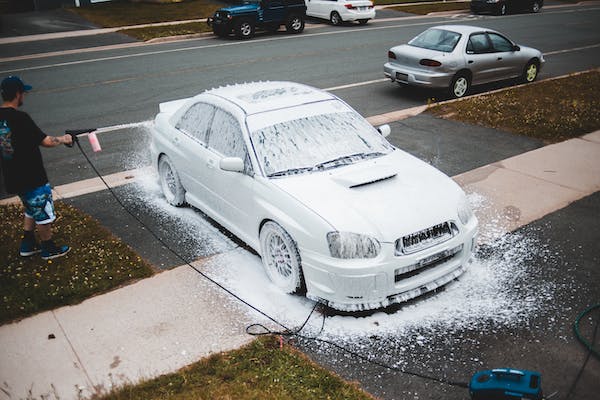Exposed aggregate concrete is a decorative form of concrete that is designed to enhance the aesthetic appeal of surfaces like driveways, patios, walkways, and pool decks. The key feature of exposed aggregate concrete is the exposure of the small stones or aggregates that are embedded within the concrete mix, resulting in a textured and visually appealing surface. Here are the main characteristics and steps involved in creating exposed aggregate concrete:
Characteristics of Exposed Aggregate Concrete:
-
Visible Aggregates: Exposed aggregate concrete is known for its exposed aggregates, which can include various types of stone, gravel, or even glass. These aggregates are revealed on the surface of the concrete once the top layer is removed, providing a decorative appearance.
-
Texture and Color Variety: Exposed aggregate concrete offers a wide range of textures and colors, depending on the choice of aggregates and the color of the cement used in the mix.
-
Slip Resistance: The exposed aggregates on the surface provide a textured finish, making it less slippery than traditional smooth concrete surfaces, which is advantageous for areas around pools or in wet conditions.
-
Durability: Like standard concrete, exposed aggregate concrete is durable and can withstand heavy foot traffic and vehicular use.
Steps to Create Exposed Aggregate Concrete:
-
Selection of Aggregates: Choose the type and color of aggregates that will be embedded in the concrete mix. Common choices include natural stones like gravel, river rock, and crushed glass.
-
Concrete Mix Design: Prepare a concrete mix with a slightly higher cement content than usual. This mix will be used for the top layer of the concrete.
-
Surface Retarder Application: A surface retarder is applied to the freshly poured concrete. This chemical delays the setting of the top layer while allowing the underlying concrete to cure.
-
Finishing and Washing: After a certain amount of time, the surface retarder is washed away with a pressure washer, exposing the aggregates. The depth to which the aggregates are exposed can be adjusted based on the washing process and the desired texture.
-
Sealing: Once the exposed aggregate surface is thoroughly cleaned and dried, a concrete sealer is applied. This sealer enhances the color, texture, and durability of the concrete while protecting it from stains and weathering.
-
Curing: Allow the exposed aggregate concrete to cure for a recommended period, typically a few days to a week, to ensure its strength and durability.
Exposed aggregate concrete is a popular choice for both residential and commercial applications due to its aesthetic appeal and durability. It can be used to create visually striking and slip-resistant surfaces that are suitable for various outdoor and indoor settings. Additionally, it requires minimal maintenance and can withstand the test of time.















